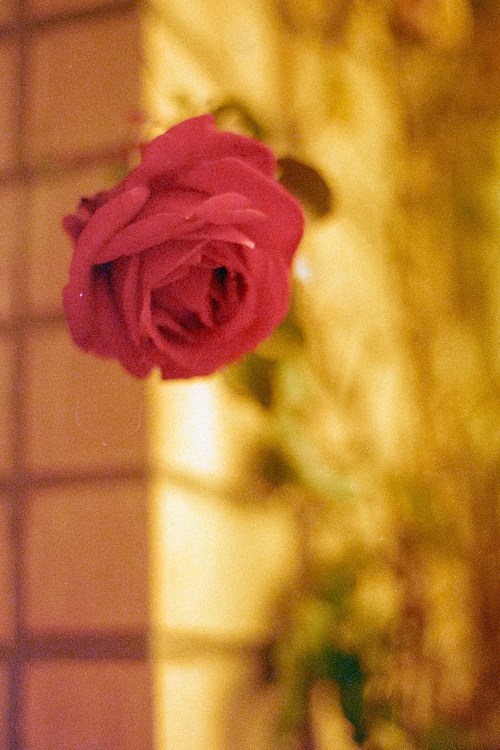It’s been a long 3 years since I last took part in #BIFscale, the worldwide celebration of redscale film (color film exposed through the base), hosted by @filmdevelop and the #believeinfilm community on Twitter.
Honestly, I mostly forgot about it in 2019, but started watching for it late that year, and throughout 2020, but never saw anything about it, so late in January 2021, when I stumbled across a single #BIFscale21 post, and then one of my tweets from 2018 got retweeted, I grabbed my last roll of Lomography Redscale XR, popped it into the still new-to-me Olympus OM10 with the 50mm F.Zuiko and got to shooting.
I haven’t shot the OM10 much at all and don’t have much to say about it. As a confirmed Nikon shooter, I almost hesitated to buy it, but, well, the price was right for a virtually complete OM10 kit (the camera, with the manual adapter; 28, 50, and 75-150 lenses; a T20 flash; plus a dozen filters, several brackets, a couple of cables, manuals for the major stuff, all in a shoulder bag that had seen better days). Since I shot the first two rolls, both short test rolls from my bulk stock of Foma 200, it sat on the shelf next to the Nikon FG, both wearing their 75-150s for a planned shootout.
But once I realized it was #BIFscale time, I looked at my options and decided to finally give the OM10 some attention. I swapped the 75-150 for the 50 and grabbed a rainbow filter thing, set the ISO dial to 50, removed the manual adapter, and got to shooting.
What does redscale film look like when you expose it through a rainbow filter? Well… Selfies don’t quite work (nor do flowers or clouds or… or…), not quite, anyway:
But given the right conditions, well, there are some possibilities:

I was afraid I had mostly missed #BIFScale 21, so after shooting around the house for a day or two, I took the OM10 (and some other cameras) to Rickel Park, a strangely hilly park in the next town over and just shot away.








At one point, I stopped, got down on one knee, and shot the foliage, first focused on whatever it is nearby, then at the trees further away, just to see what it looked like…
And it was at this point in my editing when I remembered that Redscale should be digitally edited as if it was black & white (ie: setting white and black points and maybe adjusting midtones slightly), rather than color (where I set white/black points and midtones for each color channel independently until I get something that looks good enough)… So that’s why there’s a fair amount of green and even some blue in the above. Here’s a comparison, if you’re curious.
So… which one looks properly redscaled? And which one looks more interesting?
I contemplated re-editing the first 36 shots of the roll, but then decided that it’s my film, my images, and who cares anyway? I’ll make it look however I like. Plus, with my levels play, I get more separation between various shades of green and brown, and bring out the strange in-built light leak thing from the Lomography factory or wherever. (The OM10 is light tight.)
That was my last roll of prepared redscale film and I’m too lazy to set up any more, and believe I’ve mostly missed #BIFscale21 anyway. Hopefully I pay more attention, and at the right times of day, month and year, to catch #BIFscale 22… only time will tell, and we’ll see.








